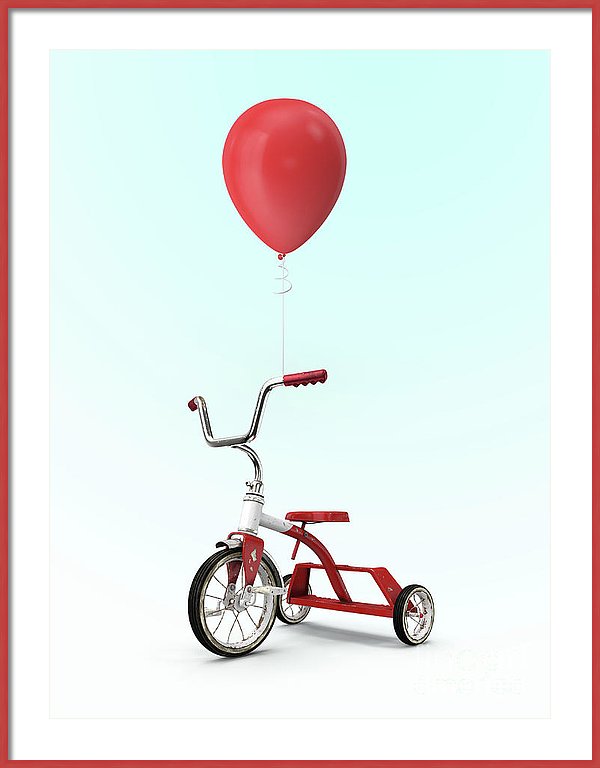How to Be More Creative
Creativity involves opening up your mind to new ways of seeing. Problem solving is not often a linear process but rather a “playing” or trying out different approaches and “failing fast”. Testing ideas and going back to the drawing board when you experience failure.
Failing fast means to figure out what is not going to work before you get to far into an approach or have spent a lot of money on something that will ultimately fail.
cre·a·tiv·i·ty – the use of the imagination or original ideas, especially in the production of an artistic work
Artists are thought to have a lot of creativity but artists don’t have a monopoly on creativity, it is just that they are not shy about experimenting, playing with materials, ideas and concepts and tossing out the ones that don’t work.
- Building sand castles
- Playing with a pile of Legos
- Cookie decorating
- Doodling
- Try something new – sign up for a class in glass blowing, pottery or something else you’ve never done.
- Enjoy some quiet time – take the dog for a walk, go work out, and leave the cell phone behind. Let your mind wander, look around and observe.
- Lay down in the grass and look up at the sky and try to find shapes in the clouds.
- Go something you think is just for kids – the Zoo, the arcade, an amusement park, let yourself have fun and rekindle the imagination of your youth.
- Travel – experience new cultures, new food, new languages, new terrain to spark you creativity. Get out of the rut even if it is just traveling across town.
- Try new foods – get creative in your dining, try new recipes and visit ethic restaurants to try new flavors. Give your taste buds new experiences.
- Wonder and ask why. Question things around you. Why do things work the way they do? What is the history of your town? Where does your water come from? Why do other countries do X and we do Y?
Don’t Self Edit – Just let the ideas flow
This great creative exercise comes from researcher Bob McKim, and is featured in Tim Brown’s TED talk Creativity and Play.
Take a piece of paper and draw 30 circles on the paper. Now, in one minute, adapt as many circles as you can into objects. For example, one circle could become a sun. Another could become a globe. How many can you do in a minute? (Take quantity over quality into consideration.)
The result: Most people have a hard time getting to 30, largely because we have a tendency as adults to self-edit. Kids are great at simply exploring possibilities without being self-critical, whereas adults have a harder time. Sometimes, even the desire to be original can be a form of self-editing.
